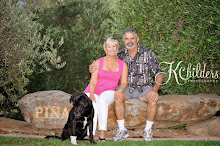The above picture was taken on the afternoon of Jan 15th, 2010
(click on these pictures to enlarge)
Just for fun, I thought I would mark several locations of
interest on the picture and challenge my readers to identify them
Relax! I’m going to give you the names of the locations, you just need to match the letters to numbers.
A) Beckstoffer Vineyards Headquarters
B) Cakebread Cellars
C) Caymus Vineyards
D) Corner of Skellenger & Conn Creek Rd
E) Former residence of well known author
F) Honig Winery
G) Old Keig barn
H) Piña Napa Valley
I) Robert Mondavi Winery
J) Round Pond Winery
K) Rubicon Estates
L) Rutherford
Even folks that are familiar with the area will have to use the process of elimination to get them all sorted out. But, hey, some of these are no-brainers, too!
Think you can do it? If so, email me your answers (Ranndy@PinaNapaValley.com) and I’ll note the correct responders when I post the answers a week from now. I’ll also provide some additional information on some of the locations (IE: the well known author).
Ranndy
PS: Yogi post still coming






